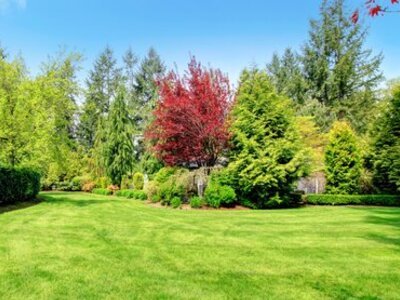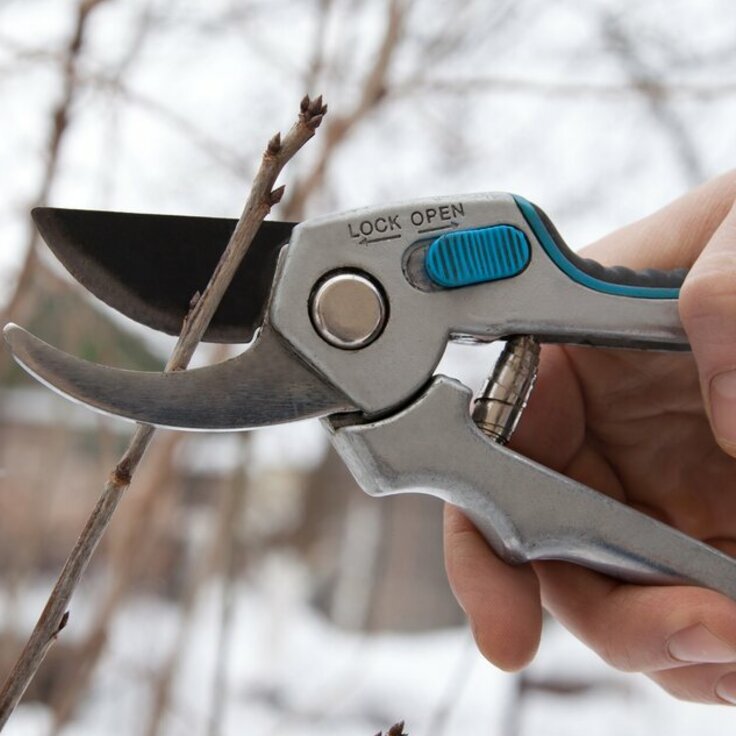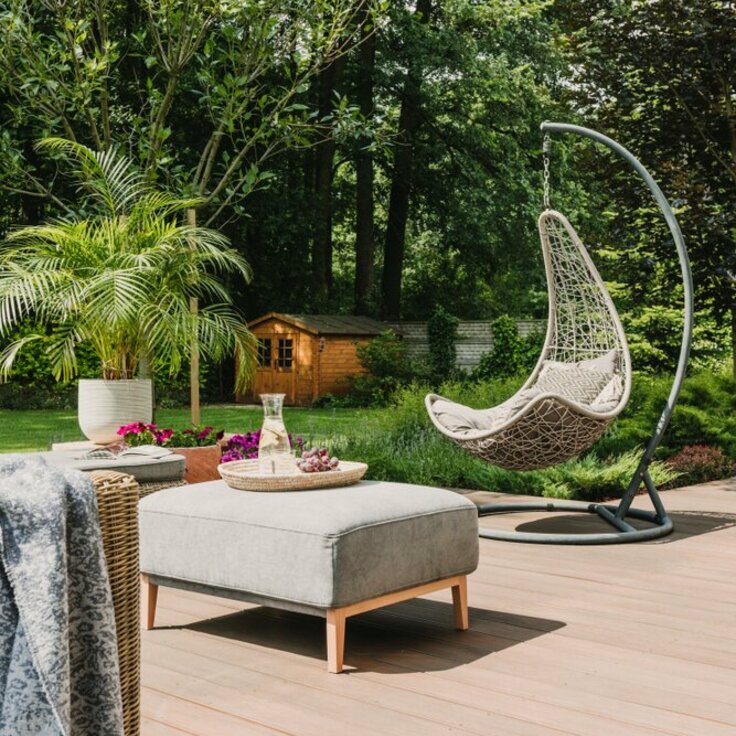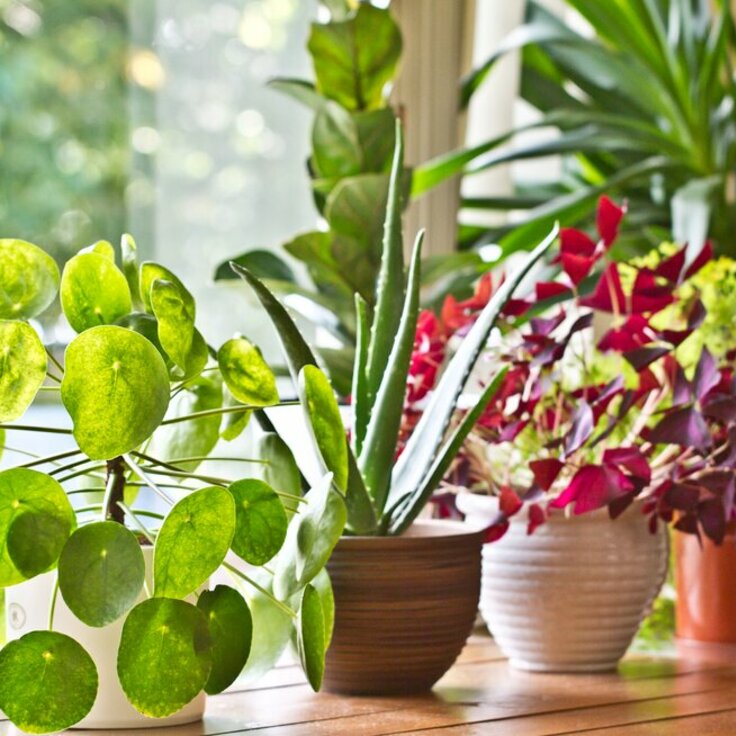Enhance Your Outdoor Space with a Stylish Pergola
Are you planning to install a pergola to enhance your outdoor space? Whether it's creating a shady retreat in your backyard or adding an architectural element to your patio, installing a pergola can be a great way to improve your outdoor living. But before you start building, there are some key things to consider to ensure your project is successful.

1. Choose the Right Location
Before placing a pergola, it's essential to carefully consider the location. The placement of your pergola can have a significant impact on both the functionality and aesthetics of your outdoor space. Therefore, think carefully about how you want to use the space and what function the pergola will serve. For example, do you want to create a cozy seating area, an outdoor dining area, or simply add a decorative element to your garden?
When choosing the location, it's also important to consider practical considerations. Pay attention to sun exposure throughout the day so you can determine whether you want more shade or more sunlight under the pergola. Additionally, the proximity to your house is also an important factor to consider. For example, a pergola too close to your house may obstruct the view from your windows, while one too far away may be less practical for everyday use.
Also, consider any obstacles in the surroundings, such as trees, bushes, or underground pipes. These can not only affect the placement of your pergola but also hinder access and maintenance. By carefully considering all these factors, you can ensure that your pergola is placed in the right spot and contributes optimally to the beauty and functionality of your outdoor space.

2. Choose the Right Material
Pergolas are available in various materials, including wood and aluminum. Each material has its own pros and cons, so it's important to choose what best suits your needs and tastes.
A wooden pergola has a warm, natural look and can be customized with paint or stain to match your home's style. However, wood requires regular maintenance and may fade or rot over time.
On the other hand, an aluminum pergola is durable, low-maintenance, and resistant to rust and corrosion. Aluminum pergolas are available in various colors and styles and can give a contemporary look to your outdoor space.
3. Consider Size and Shape
When planning your pergola, it's crucial to determine the right size and shape that best fit your outdoor space. Start by carefully measuring the available space, including length, width, and height. Then, consider how many people you want to accommodate under the pergola. This will help determine the ideal dimensions and create a comfortable and functional outdoor space.
In addition to size, the shape of the pergola is also an important consideration. Choose a shape that complements the style of your home and the layout of your garden or patio. Popular options include rectangular, square, round, or even custom shapes unique to your space.
Also, consider whether you want a freestanding pergola or one attached to your house or another structure. A freestanding pergola offers more flexibility in terms of location and design, while an attached pergola can seamlessly integrate with your existing outdoor space.
4. Don't Forget about Permits
Before you start building, it's important to check local building codes and permit requirements. Depending on where you live and the size of your pergola, you may need a building permit before you can start your project. Even if a permit is not required, it's always wise to be aware of any restrictions or regulations that may apply to building a pergola in your area.
Failure to comply with building codes can result in fines, delays, or even the obligation to dismantle your pergola. Therefore, make sure to obtain all necessary permits before starting your project to avoid unpleasant surprises.
5. Consider Covering Options
While a pergola naturally provides shade, it's important to consider covering options to protect you from rain or excessive sun exposure. Consider adding a canopy, sunshade, or climbing plants like grapevines to provide additional protection and enhance the aesthetics of your pergola. For example, a canopy can help divert rainwater and keep you dry during a shower, while a sunshade can help block harmful UV rays and protect you from excessive heat. Climbing plants not only add natural beauty to your pergola but can also provide extra shade and privacy, depending on the types you choose. Carefully consider your covering options and choose the ones that best suit your needs and style.
6. Plan for Maintenance
Whether you choose a wooden pergola or an aluminum canopy, it's important to consider the maintenance required to keep your structure in good condition. Wooden pergolas need to be cleaned, inspected, and, if necessary, repainted or stained regularly. Aluminum pergolas require less maintenance but still need to be cleaned occasionally to remove dirt and grime.
By following these tips, you can ensure that installing a pergola is a successful project that will bring you years of enjoyment in your outdoor space. Whether you choose a wooden pergola, an aluminum canopy, or another style, adding this functional and decorative structure can be a great way to enhance your garden or patio.








